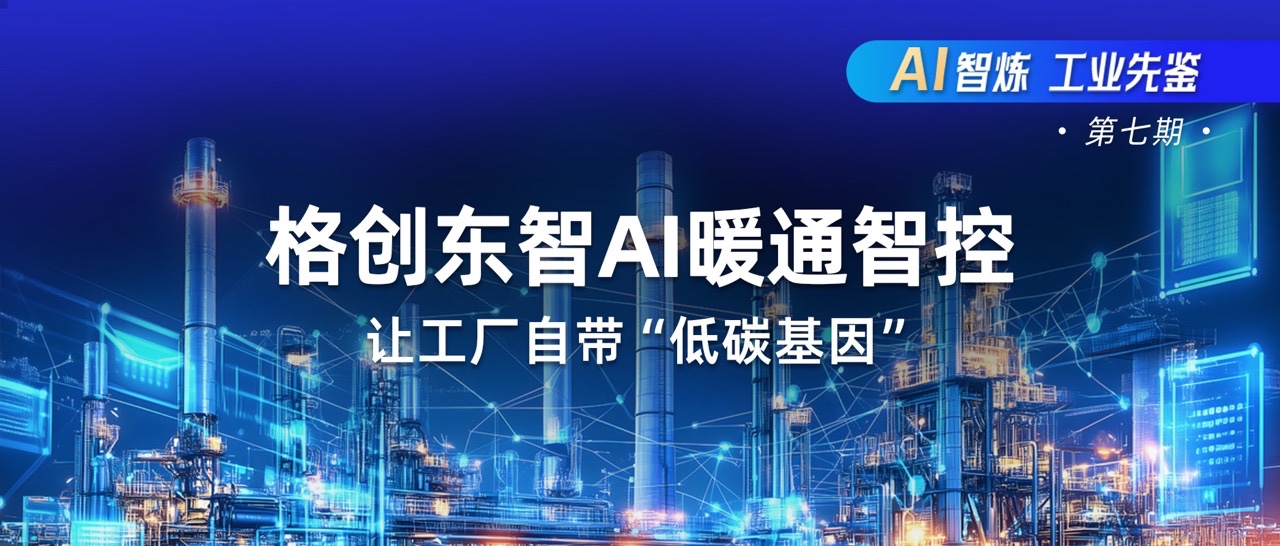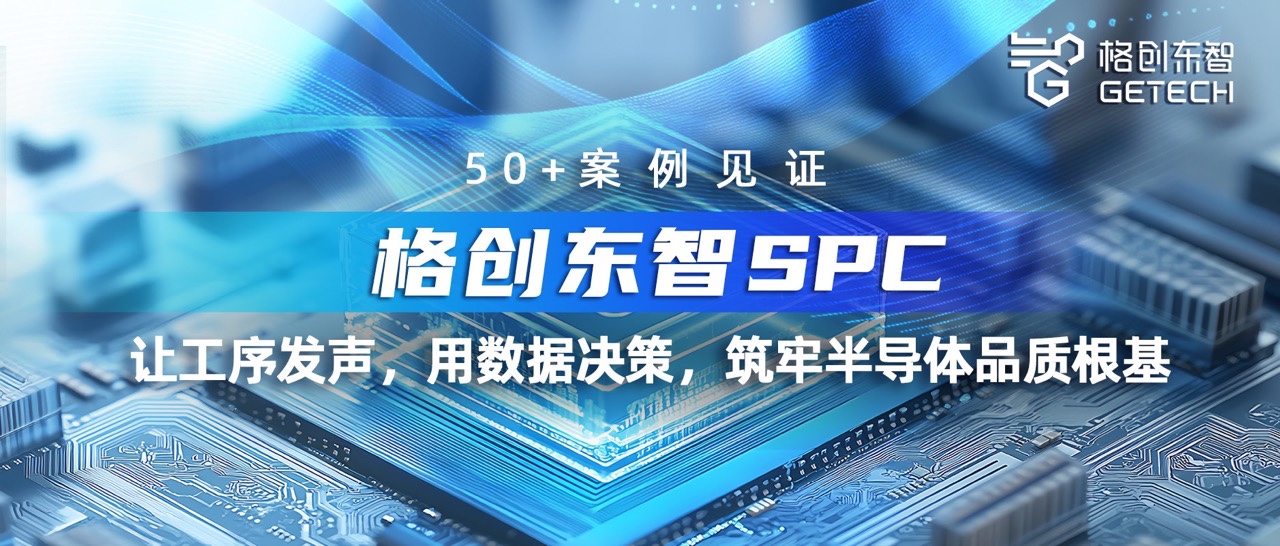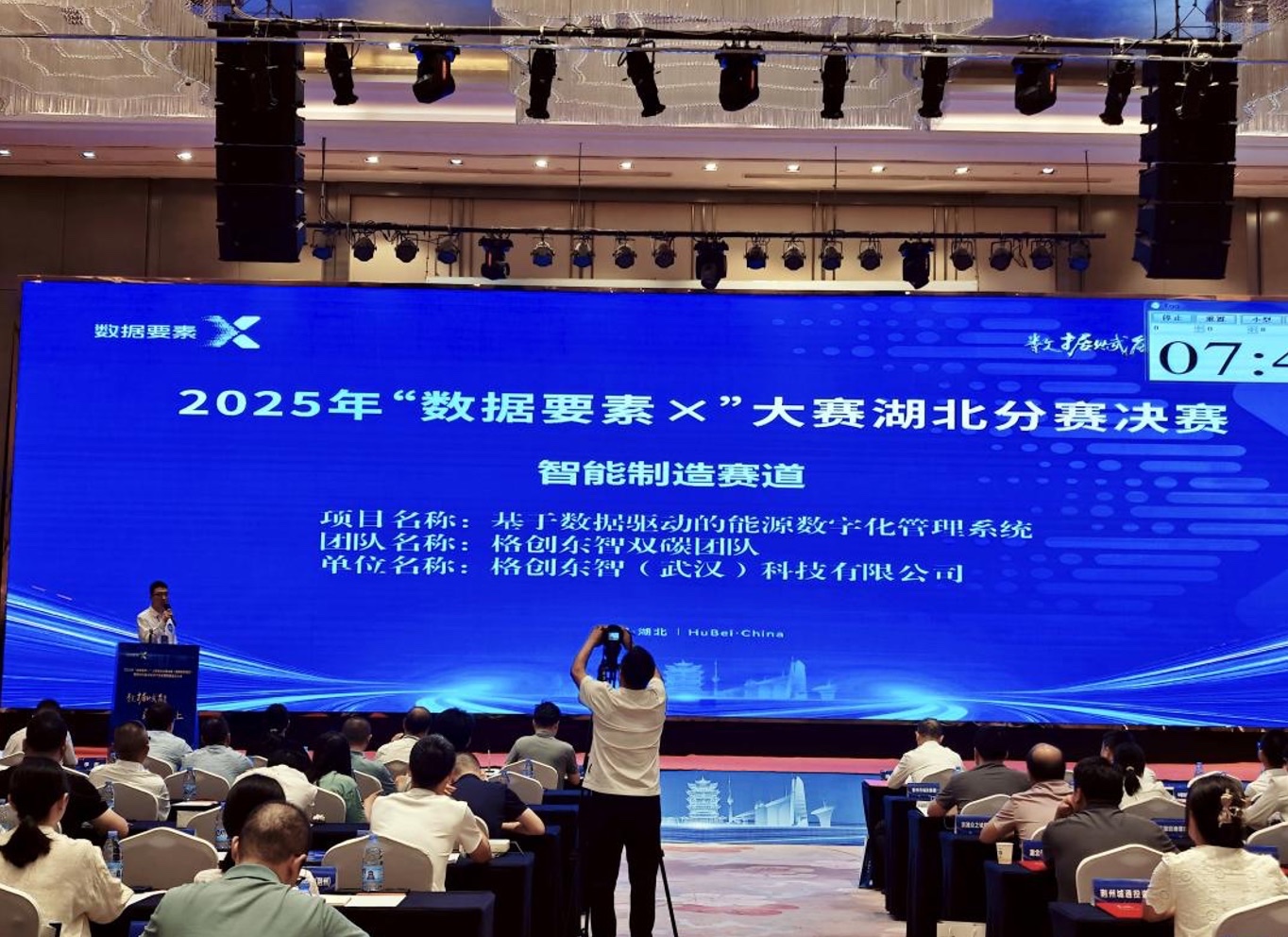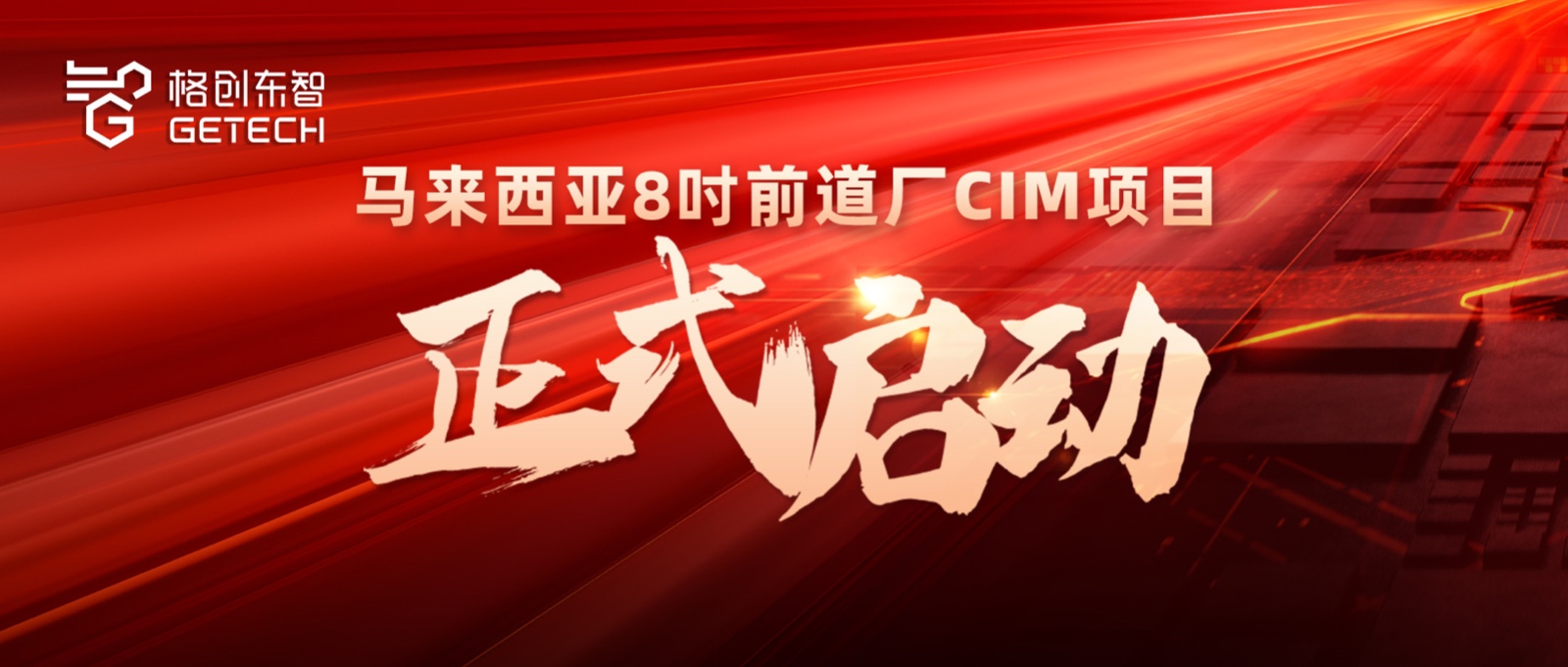GETECH Chief Architect Li Nan: 'Industrial Internet + AI' Creates the New Generation of 'Industrial Geeks'
[Introduction] On October 18, at the "2019 Greater Bay Area Sci-Tech Innovation Summit - Potential Energy: Industrial Digitalization Forum," Li Nan, Chief Architect of GETECH, mentioned that the industrial internet should be simple and efficient for DIY, enabling frontline engineers to become the new generation of "industrial geeks."
On the morning of October 18, the "2019 Greater Bay Area Sci-Tech Innovation Summit - Potential Energy: Industrial Digitalization Forum," hosted by Yiou and EqualOcean, and co-hosted by the Guangdong-Hong Kong-Macao Greater Bay Area Research Institute (GW) and Sifang Wangying, was successfully held at the JW Marriott Hotel in Qianhai, Shenzhen. Over three hundred guests gathered to discuss the present and future of industrial digitalization.
Li Nan, Chief Architect of GETECH, delivered a keynote speech titled "When AI Meets the Industrial Internet" to the audience. He shared in-depth insights into how various intelligent enabling technologies drive smart manufacturing and emphasized the relationship between humans and systems. Traditional workshop managers will transform into "industrial geeks." Additionally, the implementation of industrial application intelligent platforms in factories will drive "self-evolution," making factories smarter and enabling data value realization.
The following is the edited transcript of Li Nan's speech, adapted by Yiou without altering the original intent:
Good morning, everyone. I am very pleased to share my thoughts on the industrial internet with you here today.
Currently, more and more enterprises want to make strides in the field of the industrial internet. GETECH integrates TCL's over 38 years of manufacturing experience with leading technologies such as artificial intelligence, big data, and cloud computing to help Chinese manufacturing enterprises achieve transformation and upgrading. We share the capabilities accumulated in lighthouse factory smart manufacturing with the industry. Today, I will discuss "When AI Meets the Industrial Internet" and share our practical experiences on the manufacturing front.
We have been fortunate to conduct extensive explorations at a lighthouse manufacturing enterprise in China, which has invested 10-20 billion RMB in a single facility, achieving a high level of informatization and automation. However, it now faces challenges—product prices and profit margins are continuously declining, while customer demands for quality are rising. Thus, the key question is how to help such enterprises achieve "ultimate cost reduction and efficiency improvement" under these circumstances.
We sat down with the factory personnel to discuss potential improvements. In the following areas, we identified significant room for enhancement.
First, the enterprise has multiple isolated information silos without a unified platform to integrate data for comprehensive optimization.
Second, the factory has extensive data from equipment but lacks peripheral and environmental data. We believe comprehensive equipment monitoring requires more holistic data, including IoT-generated data.
Third, many quality analyses still rely heavily on manual efforts. For instance, when quality issues arise, it might take staff two days to identify the root cause. Manufacturing enterprises cannot detect problems in real-time and make timely adjustments, leading to irreversible losses.
Fourth, in scenarios involving image processing and defect recognition, enterprises still depend on manual labor.
To address these issues, we implemented a series of measures.
First, we focused on IoT device data collection. Currently, we have collected data from thousands of high-value devices at this enterprise. While many companies collect all factory data to explore potential value, we start from the pain points of manufacturing enterprises. We design analytical methods based on specific problems and decide what data to collect to ensure business value realization.
Additionally, we adopted edge computing algorithms at the edge. This factory has numerous high-frequency vibration scenarios and demands. Previously, voltage data was fully collected and uploaded, overloading the platform. By deploying intelligent algorithms at the edge, we reduced data upload volume to one-thirtieth of the original.
With data in hand, the best application of IoT is predictive maintenance of equipment, and we have many success cases. Traditional manual inspections could not predict sudden equipment shutdowns. In one case, we monitored and analyzed factors such as pump current, vibration noise, and voltage, identifying a parameter positively correlated with pump lifespan. We now monitor this parameter, and any anomalies trigger timely part replacements to prevent unexpected downtime losses.
Moreover, in the era of big data, single-factor analysis is insufficient. We provide multi-factor analysis solutions to help enterprises identify relationships between one or multiple factors affecting quality, building models for real-time detection and analysis.
Reflecting on most manufacturing enterprises in China, we have identified common challenges.
Production pain points and business needs often originate from engineers. Traditionally, factories write requirement analyses, IT designs and develops solutions, and fixes bugs post-deployment. This process is time-consuming and inefficient.
There is a better way to address this inefficiency. We believe the core value of a factory should stem from engineers, as they best understand core business logic and production processes. All designs should revolve around their needs, and the industrial internet platform should truly empower engineers.
Thus, we proposed our platform's product philosophy: simple, efficient DIY, enabling frontline engineers to become the new generation of "industrial geeks."
This platform has several key features.
First, practicality. It is designed for production personnel, requiring no coding or SQL for component calls. Applications can be developed via drag-and-drop.
Second, intelligence. The platform provides data analysis tools, algorithms, and models to help engineers realize their ideas and analyses.
Third, flexibility. The platform supports engineers in data collection, analysis, and value realization without switching between multiple systems.
Fourth, security. This is a critical concern for customers.
GETECH has launched the "Dongzhi Industrial Application Intelligent Platform" to help Chinese frontline engineers achieve desired business value without relying on IT capabilities.
Our product covers end-to-end capabilities for industrial field data, from the industrial site to edge intelligence, IoT, industrial big data, APAAS platforms, and applications, enabling Chinese engineers to unlock the value of industrial data.
Additionally, within traditional business systems, we welcome collaboration with more vendors to jointly build practical industrial internet platforms.
Here is a simple demo from an early version, offering a直观 understanding of how engineers can build such applications.
Once data accumulates sufficiently, the data analysis platform can be used for quality and production efficiency analyses, identifying abnormal factors affecting quality and production for corresponding improvements. This interface is highly visual and interactive, allowing engineers to operate without coding.
We hope our platform can help Chinese manufacturing enterprises achieve factory self-evolution. From data connectivity to visualization, analysis, and prediction, we aim to realize the goals of "Made in China 2025" and enterprises' own Industry 4.0 objectives.
That concludes my分享. Thank you.





